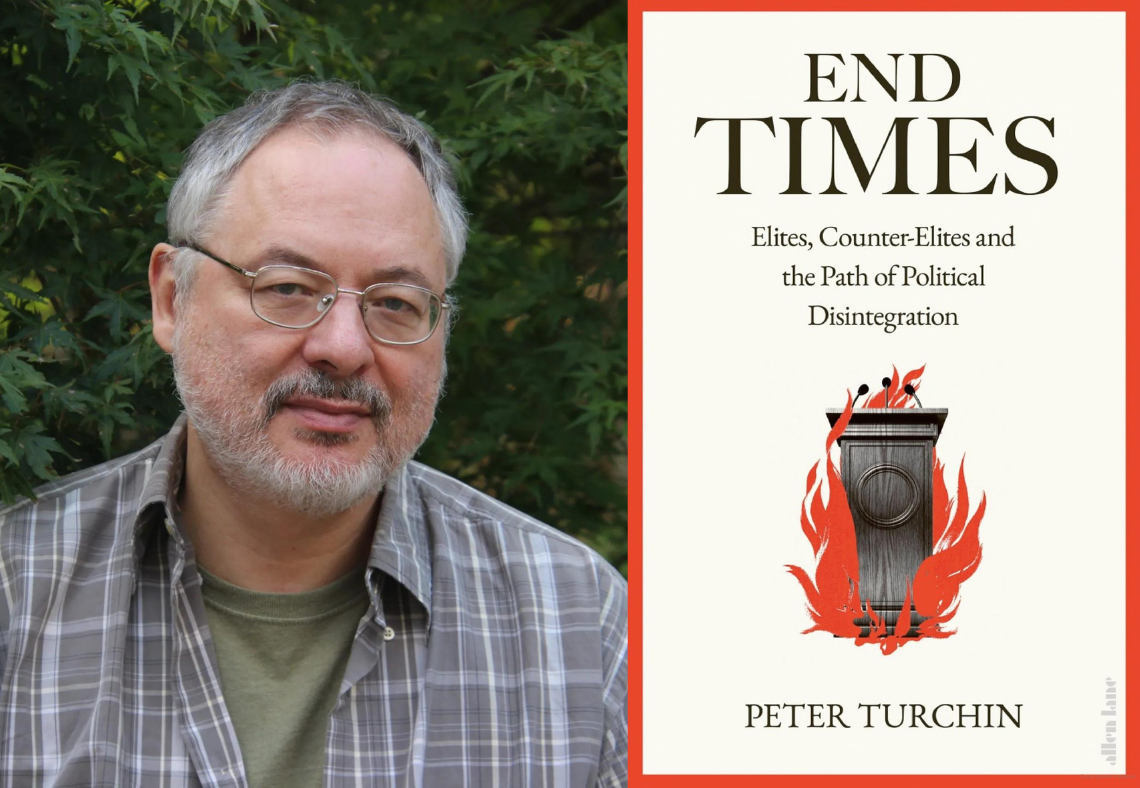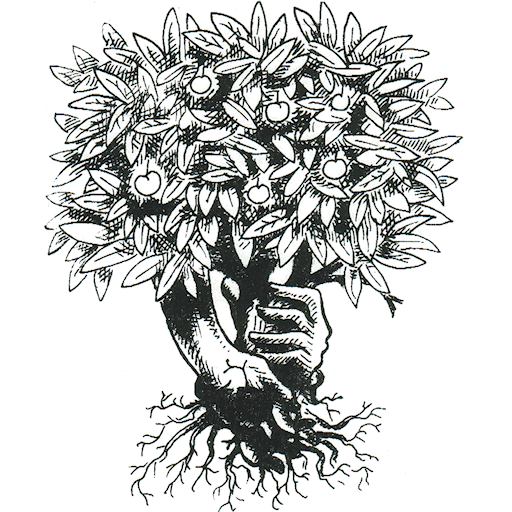Valuable insights from a mathematical ecologist
Peter Turchin left the USSR age 20, in 1977, and has lived in the USA since then. His recent book, End Times, analyses the patterns in 100 historical crises, from Medieval France onwards.
Two key drivers of crisis are a big widening of inequalities of wealth, and arising from this, what he calls ‘elite overproduction’. This fascinating idea means that a big number of very wealthy people are seeking ‘elite’ positions (political, business, etc.), whose availability is pretty inelastic.

The consequence is a dangerous emergence of wealthy, well-educated individuals who can’t find power in the Establishment, and hence seek to overturn it. Turchin cites Lenin, Robespierre and Castro as examples, not to mention Trump and Farage in present times.
Clearly, a rapid rise in wealth disparities will leave the masses ripe for uproar, but they need someone with standing, skills and resources to organise them – an ideal role for a disaffected member of the elite.
Turchin’s analysis of 100 such crises shows they rarely end well: 75% end in revolutions, or civil wars, or both. He says that in 60% of cases, the state itself disappeared, through conquest or disintegration (as with the USSR).
Historically, one way to prevent such crises is a war with a third party: the Second World War greatly reduced wealth inequalities in the US and UK. Perhaps if the climate crisis is truly faced on a war footing, the same could happen? If it’s any comfort, Turchin comments that most of these crises last ’10 to 20 years’: we’re already well into this one, so maybe the 2030s will see us emerge, but in what shape?
